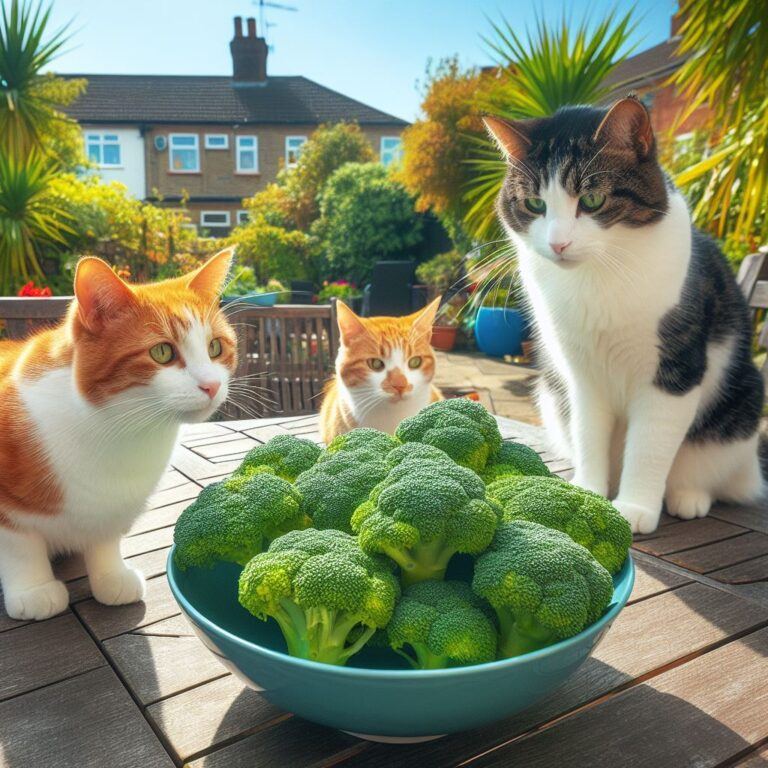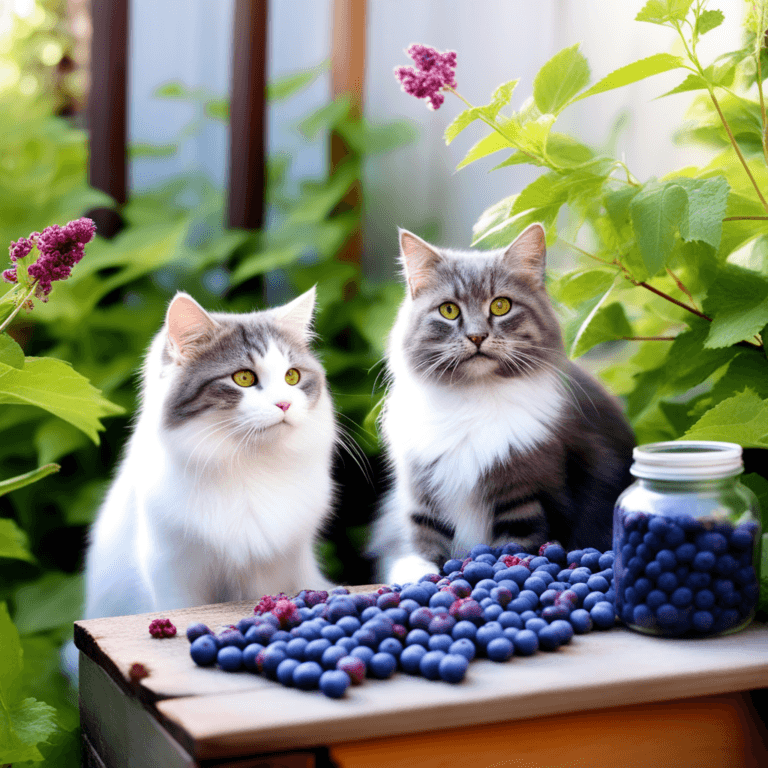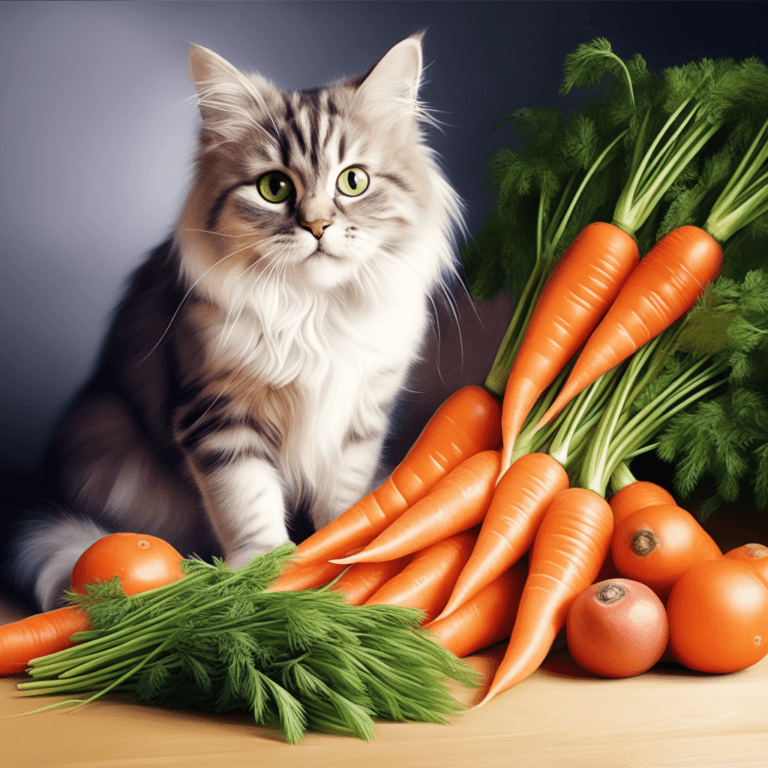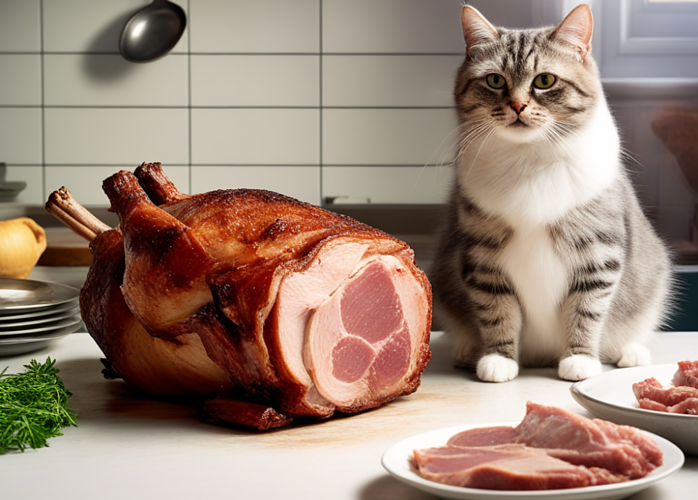Can Cats Safely Eat White Rice
Cats can indeed safely eat white rice in small amounts. While not a staple of their natural diet, a bit of cooked, plain white rice occasionally won’t harm your feline friend. It’s important to note, however, that white rice isn’t a necessary part of a cat’s diet.
So, why even consider it? In certain cases, like when your cat has an upset stomach, a small serving of white rice can help. This grain offers a source of easily digestible carbohydrates.
When serving white rice to your cat, it’s crucial that it’s plain and properly cooked to avoid any digestive issues. Spices, additives, or butter can be harmful to cats, so simplicity is key.
Unseasoned cooked white rice, in a controlled portion, can serve as a bland, soothing treat for cats experiencing gastrointestinal discomfort. But remember, this should be an exception rather than the rule in your cat’s diet.
While I’ve confirmed that white rice poses no threat when served correctly and sparingly, it’s not an ideal food source. Cats derive their energy and nutrition primarily from protein—not carbohydrates.
Their bodies are made to process meat, and the nutrients they require for proper health are found abundantly in animal-based foods. White rice simply doesn’t have what it takes to meet a cat’s nutritional demands.
In the upcoming section, we’ll explore the intricacies of feline nutrition, dissect the role of white rice alongside a cat’s required dietary needs, and understand the balance needed to maintain your cat’s health and vitality.
Understanding Cats’ Nutritional Needs and White Rice’s Role
Understanding your cat’s dietary needs is essential for ensuring their health and wellbeing. As obligate carnivores, cats require nutrients found primarily in meat. For them, proteins and fats take precedence over the carbohydrates commonly found in white rice.
While white rice is non-toxic and can serve as a temporary food during stomach upset, its nutritional value pales in comparison to what cats typically need. Amino acids like taurine are critical for cats, and white rice contains none of these vital components.
Occasionally, white rice might help firm up your cat’s stool because it’s easily digestible and low in fiber. This can be helpful for a cat experiencing diarrhea as part of a vet-recommended bland diet. However, it should not be a staple in their diet.
The risks start to kick in when cats are fed too much rice or when it’s served raw. Overconsumption can lead to unnecessary weight gain since cats don’t need carbs as energy sources.
Raw rice can be hard to digest and may even cause digestive issues. It’s best to avoid these risks by keeping rice as a minimal and occasional part of your cat’s diet.
Best Practices for Feeding Your Cat White Rice
When it comes to feeding your cat white rice, moderation and preparation are KEY. Always ensure that the rice you serve is plain — no spices, butter, or sauces — and has been thoroughly cooked. Uncooked rice can be hard for your cat to digest and may cause more problems than it solves.
The right portion size is crucial. A rule of thumb is a couple of tablespoons of white rice mixed with their regular food. This should only be an occasional treat, not a staple of their diet. Constantly monitor your cat for any changes in behavior or digestion when introducing new foods.
It’s wise to consult your veterinarian before making any significant changes to your cat’s diet, especially if your cat has a sensitive stomach or other health issues. Vets can offer tailored advice and highlight potential dietary needs specific to your cat’s condition.
For those times when your cat needs a bland diet for digestion aid, white rice can be handy, but there are alternative options.
Pumpkin and sweet potatoes can also soothe an upset stomach while providing additional nutrients. Remember, variety may be the spice of life but consistency is the key when it comes to your cat’s diet.







